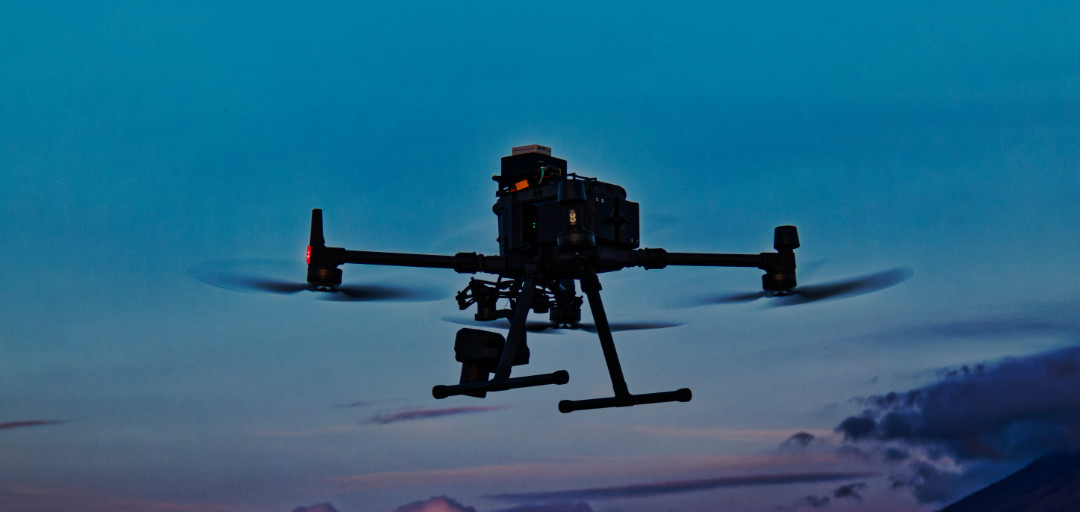This is what a RADIUS test flight day looks like
April 22, 2024
RADIUS conducted a series of test flights to showcase and fine tune its remote data acquisition technology that enables the gathering of status and maintenance related data from signaling assets from a flying drone. This improves the safety of railway infrastructure maintenance operations because no human presence is required on the tracks while reducing costs and increasing the frequency of inspections.
On March 23, 2024, the team carried out the flight tests at the Naples location of Hitachi Rail, the project coordinator and leader of the asset modification and remote acquisition tasks within the project. It was a long day, comprising more than 10 hours for the setup, initial connectivity tests, data acquisition and analysis of the data.
Besides the project coordinator, two other partners of the RADIUS consortium were present during the flights, EuroUSC España and Zenabyte. TopView, a Napolitan drone operator with ample experience in European R&D activities, conducted the flights.
Please look at the following video to see the key moments of the test flights:
The approach followed by RADIUS eliminates the known limitations of traditional wired solutions used traditionally to monitor railway assets. These systems require heavy investments and offer very limited bandwidth. The solution proposed by RADIUS substantially reduces the investment, while providing much higher data capacity.

Lets think at this Hitachi’s test track as part of an existing rail line with difficult access. Performing the test here was a great example of how a drone can simplify our life…
More than 20 minutes to reach the asset under test on the viaduct by vehicle. Two minutes with the drone, taking off from the parking!
At this point I am wondering what other advantages would arise from rethinking the systems, designing them from the beginning to be maintained with drone support.
Fabio Scarpa
RADIUS project manager
The test equipment was a DJI Matrice 300 powered with a Nvidia Jetson Nano development kit, equipped with a Wi-Fi adapter to communicate with a signaling asset simulator, also specifically designed by RADIUS. This combination of equipment allows for further development of the system to enhance the capture, analysis, and interaction between the drone and the signaling assets in the future, increasing the capabilities of the RADIUS concept.
In conclusion, with this test, RADIUS has shown that remote acquisition of data is workable in the railway domain, opening the door to extending the concept to other categories of assets and other linear infrastructures.

